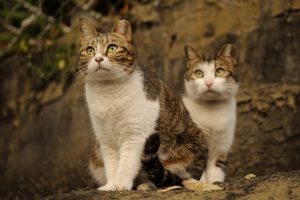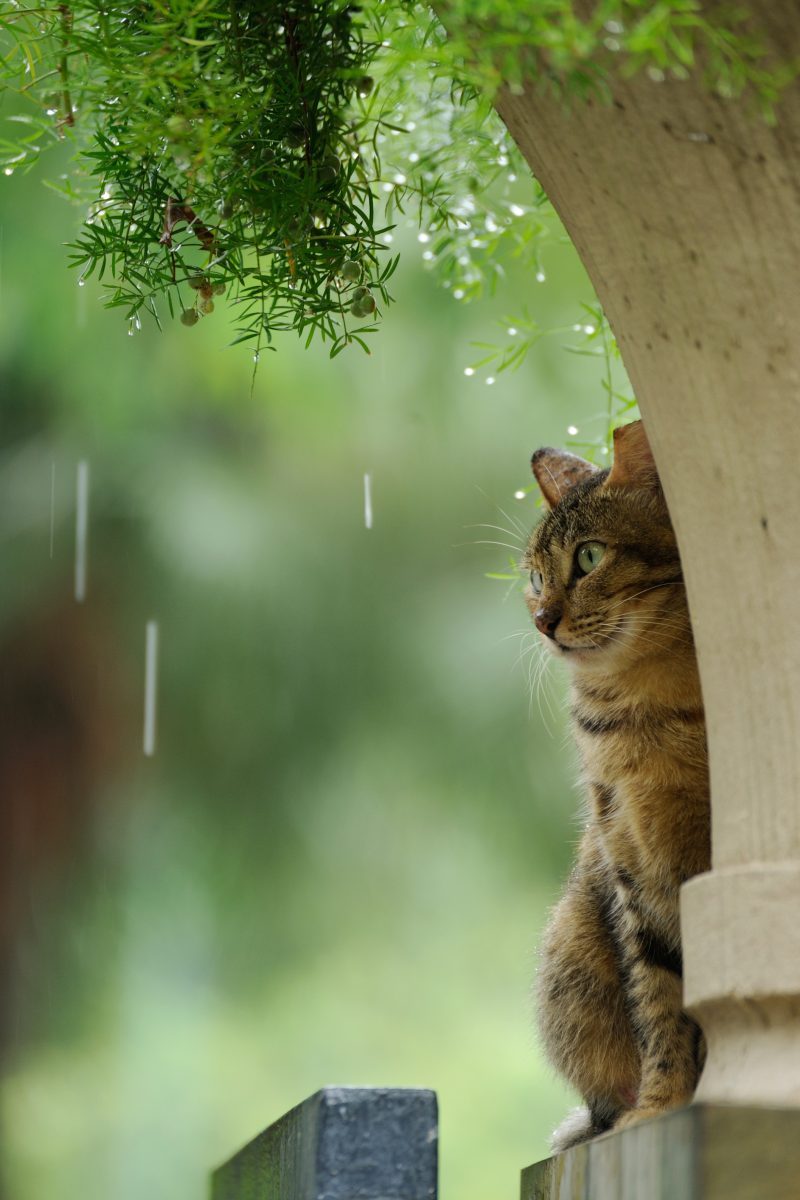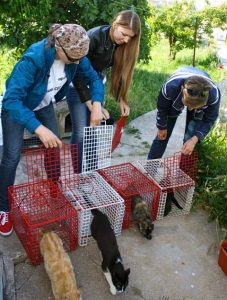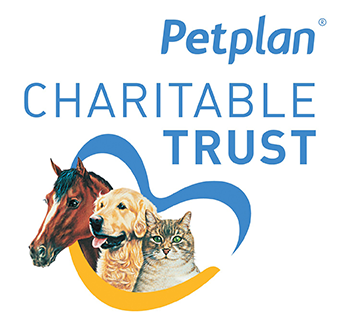Outcome: Return to field
Any organisation working with unowned cats may face a situation where there are a large number of cats unsuitable for homing in their centre and/or a very limited number of homes available. This can leave the centre at or beyond capacity and unable to take in more cats in need. If a centre is working at or beyond capacity then cats are unlikely to be receiving the individual care and attention they need, especially if those cats are stressed by confinement and the proximity of people. This can be a temporary or a permanent situation depending on each organisation’s circumstances and environment.
Return to Field (RTF) is a solution that can break the cycle and provide a positive outcome for cats and relieve pressure on staff and the centre. In some places, without using return to field, the only option has been large scale euthanasia that offers no long-term solution and leaves staff distressed and demoralised. RTF has formed an important part of the Million Cat Challenge in the USA to reduce levels of euthanasia in shelters there.
RTF, sometimes also referred to as Shelter, Neuter, Return (SNR), is a process where healthy, neutered, ear-tipped and vaccinated cats are returned to their original location. This is done whether the individuals in the community want the cats there or not. If the cats were healthy and thriving before they were taken in then the assumption is that this will continue to be the case once they are returned. There is no requirement for them to have a caretaker.
RTF should form part of a wider programme of population management involving TNR and community neutering programmes with a focus on community engagement and public education. Without this the cats will keep reproducing and centres will continue to receive an endless stream of unwanted cats from the public.

Two ear tipped cats
Planning a RTF programme
The first step is to communicate your intention to the communities involved and the authorities – you may need permission to proceed depending on where you are based. You may be able to mobilise interested members of your community to support RTF and help to care for the cats you release. Developing a programme for people who want to support community cats can form a key part of growing public backing.
- You will need to ensure that all staff and volunteers in your organisation are on board and will give a consistent message to the public about what you are doing and why
- You may find it useful to develop a policy for RTF that everyone can contribute to, that will establish how it will work in practice for your particular situation
- Training staff and volunteers to understand and implement RTF is key to making sure it works and has everyone’s support
- If there are other organisations working with cats it would be ideal if you could all work together on this and establish it as a shared policy for the entire community
- It can also be helpful to provide advice on how to prevent cats causing a nuisance to those people who do not want cats on their property
- Collecting comprehensive and accurate intake data is key to making RTF work, as you will need to know the specific place that the cat came from and as many details as possible about how it was living
- Putting in place processes such as appointment only admissions or visiting the site beforehand can help to improve the information you have and potentially prevent cats being taken into the centre
- Reviewing your intake paperwork may also be necessary to ensure it prompts the right questions
Which cats are suitable for RTF?
Deciding which cats are suitable for RTF should be done using agreed criteria in a consistent way and may be done by an individual or small group. The things to take into consideration include:
- Physical Health – a cat with a disability or long-term health condition is unlikely to be suitable for RTF but a cat with a short-term condition that can easily be treated will be – working closely with your veterinarian will help to ensure the right cats are selected
- Level of friendliness and ability to live with people – for example a friendly cat that is happy to approach people may not be suitable for release into a hostile community setting
- Age – kittens can be released once they are neutered and ideally returned with their siblings and mother. Whether you RTF kittens will depend on your capacity to cage or foster and adopt kittens. Elderly cats may be unsuitable depending on location and the level of community support
- The environment the cat is returning to – for example dangers from construction or demolition, a very actively hostile community or the removal of the previous food source
- The length of time the cat has been confined – most adult cats can readily adapt to a familiar environment after being away for a long time
- The individual needs of the cat – all relevant information from intake and from your own observations will play a part in the decision

Ear tipped cat
Returning the cats
- Prior to the release date the return site should be checked to ensure the details you have on record are accurate and the ideal release area established – this may involve a physical visit or examining the site via online satellite images and maps
- Younger kittens will need to be released closer to the original site than older cats and kittens who can work their way back from a short distance
- Once the release date and time are finalised staff or volunteers should leave a record of where they are going for security purposes
- If there are people involved in caring for the community cats, then they will need to be involved and may help to determine the best time for release so that they can provide food
- It is never appropriate to enter private property without permission to release cats – there may be security cameras in place even if there is no one around to see you. Find a suitable public area nearby for the release.
Returning the cats may be done openly or quietly depending on the setting and the community’s level of support. This will determine the time of day, as you may choose a quiet time when there are few people around and the cats can find a safe place to settle.
- If there are multiple cats going to the same site, then they should all be released together rather than individually
- Using private vehicles rather than branded organisation ones may help staff or volunteers to maintain a low profile when returning cats, but it is important that people can be identified if challenged with ID or a uniform
- Carrying leaflets explaining what you are doing can be a useful way of informing curious people about what is happening and also advising them about keeping cats away from their property
- If you are confronted with aggressive and hostile people and feel threatened, then you should retreat and not release the cats if you have not already done so
- After the release make sure your records are updated, that way you can easily identify the cat(s) if they are returned to you or there is a query about them
- If there is someone caring for the cat/s then make a note of this so you can follow up to check that all is well. Occasionally a cat may need to be taken back because it has become unwell, injured or is failing to adapt to living in the community
- There is always the possibility that you have overestimated a cat’s ability to live independently or that the environment has changed and you need to reassess what the best outcome for the individual cat may be

Cats being returned to field. Photo credit: MDC Exports
Monitoring the programme’s impact
Collecting data will be essential to monitoring progress of your RTF programme to see the impact it may have on admissions, TNR activity and community engagement. Knowing which areas have been successful for RTF will help you to understand what works best in your community and adjust your programme accordingly. You may find that more people come forward for help with neutering for example or to volunteer to care for community cats or even adopt them. Measuring or estimating as best you can the cat populations before and after RTF can help to see the impact on the bigger picture, especially if you have chosen to pilot it in a particular area before expanding it more widely. You may also want to contact other organisations working with cats to see if they have noticed any impact on their work.
| Useful resources:
Here is an award-winning guide from the Humane Society of the United States, Neighborhood Cats and Alley Cat Advocates called Return to Field Handbook. This is very much based on the situation in the USA, but the content can be adapted to your own context as the underlying principles have universal application. Click here for a webinar on RTF available from Maddie’s Fund |



